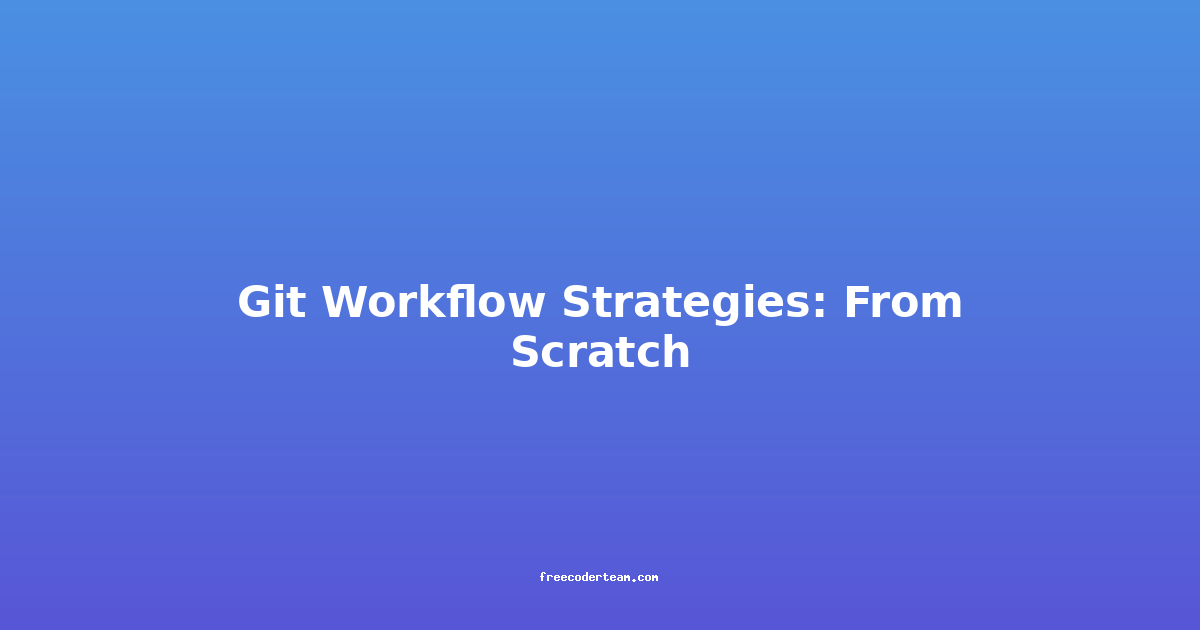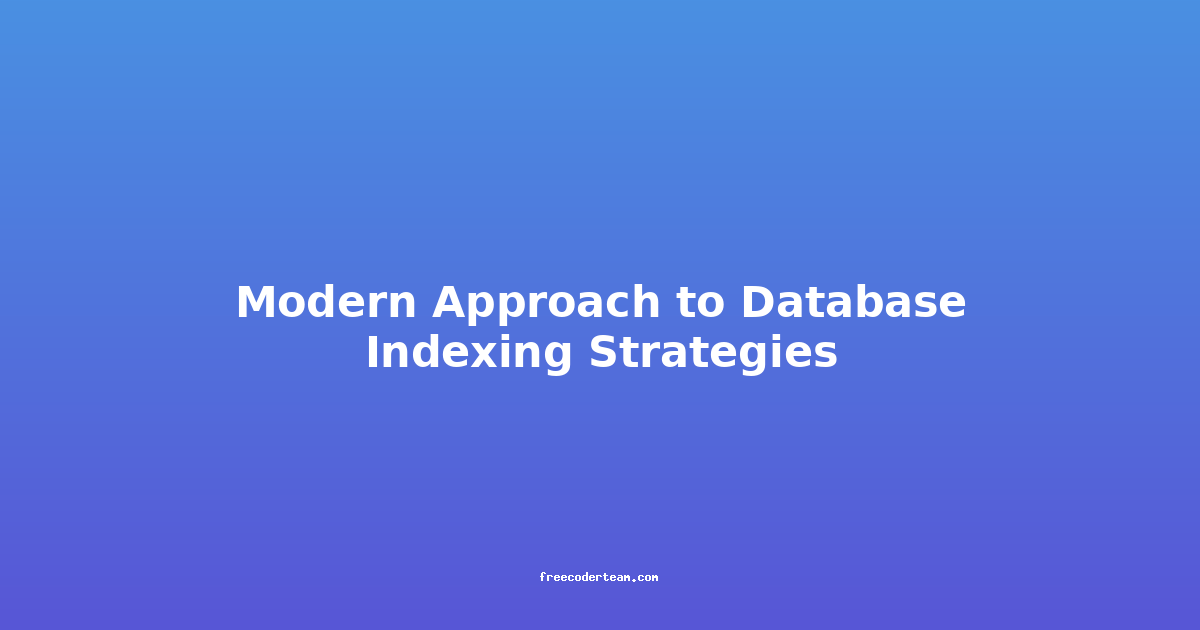Advanced Message Queue Systems: Made Simple
Message queue systems are a cornerstone of modern distributed architectures, enabling asynchronous communication between various components of a system. They help decouple services, improve scalability, and ensure reliability by ensuring that messages are delivered even if the recipient service is temporarily unavailable. While the concept of message queues is not new, understanding and implementing advanced message queue systems can be complex. This post aims to simplify these systems, providing practical examples, best practices, and actionable insights.
Table of Contents
- What Are Message Queues?
- Key Benefits of Message Queues
- Popular Message Queue Systems
- Practical Example: Building a Basic Queue System
- Best Practices for Message Queue Systems
- Advanced Features and Considerations
- Conclusion
What Are Message Queues?
A message queue is a software component that allows one or more producers to send messages (data, events, or commands) to one or more consumers. These messages are stored in a queue until they are successfully processed by the consumer. This decoupling ensures that producers and consumers do not need to interact directly, which is especially useful in distributed systems.
Core Components
- Producers: Applications or services that send messages to the queue.
- Queue: The storage mechanism where messages are held until they are processed.
- Consumers: Applications or services that retrieve and process messages from the queue.
Use Cases
- Handling high traffic spikes without overwhelming backend services.
- Decoupling services in a distributed architecture.
- Implementing asynchronous workflows.
- Processing tasks in the background (e.g., sending emails, generating reports).
Key Benefits of Message Queues
- Decoupling: Services can operate independently without direct dependencies.
- Scalability: Queues can scale horizontally to handle increased message volume.
- Reliability: Messages are persisted until they are acknowledged, ensuring no data loss.
- Resilience: Consumers can process messages even if they are temporarily unavailable.
- Asynchronous Processing: Allows for non-blocking communication between services.
Popular Message Queue Systems
Several message queue systems are widely used in the industry. Here are some of the most popular ones:
1. RabbitMQ
- Language: Open-source, protocol-based.
- Key Features: Supports multiple messaging protocols (AMQP, MQTT, STOMP), clustering, and high availability.
- Use Case: Ideal for microservices architectures where reliability and scalability are critical.
2. Apache Kafka
- Language: Open-source, scalable, distributed.
- Key Features: Built for high-throughput, real-time data streams, and distributed processing.
- Use Case: Suitable for streaming data, event sourcing, and log aggregation.
3. Amazon SQS
- Language: Managed service by AWS.
- Key Features: Serverless, highly scalable, and integrates well with other AWS services.
- Use Case: Ideal for simple queue use cases in cloud-based applications.
4. Redis Streams
- Language: Open-source, in-memory data structure store.
- Key Features: Lightweight, high-performance, and easy to integrate with Redis.
- Use Case: Suitable for real-time applications and simple queue needs.
5. IBM MQ
- Language: Commercial, robust, and enterprise-grade.
- Key Features: Highly secure, scalable, and supports multiple protocols.
- Use Case: Ideal for mission-critical systems in large enterprises.
Practical Example: Building a Basic Queue System
Let's build a simple message queue system using Python and Redis as the underlying store. Redis is lightweight and easy to use for simple queueing needs.
Step 1: Install Redis and Redis-Py
First, install Redis and the Python Redis client:
pip install redis
Step 2: Create a Producer
The producer will add messages to the queue.
import redis
# Connect to Redis
r = redis.Redis(host='localhost', port=6379, db=0)
# Function to enqueue messages
def publish_message(message):
r.rpush('queue', message)
print(f"Published message: {message}")
# Example usage
if __name__ == "__main__":
publish_message("Task 1")
publish_message("Task 2")
Step 3: Create a Consumer
The consumer will process messages from the queue.
import redis
import time
# Connect to Redis
r = redis.Redis(host='localhost', port=6379, db=0)
# Function to consume messages
def consume_message():
while True:
# Blocking pop from the queue
message = r.blpop('queue', timeout=0)
if message:
message = message[1].decode('utf-8')
print(f"Processing message: {message}")
# Simulate processing
time.sleep(2)
print(f"Finished processing: {message}")
else:
print("No messages in the queue")
break
# Example usage
if __name__ == "__main__":
consume_message()
Explanation
- Producer: Uses
rpushto add messages to the queue. - Consumer: Uses
blpop(blocking left pop) to consume messages. Thetimeout=0ensures it waits indefinitely for new messages. - Persistence: Messages are stored in Redis until they are processed and removed.
Best Practices for Message Queue Systems
- Define Clear Contracts: Ensure that producers and consumers agree on the message format and schema.
- Handle Failures Gracefully: Implement retry mechanisms and dead-letter queues for failed messages.
- Monitor Queue Length: Keep an eye on queue sizes to detect potential bottlenecks.
- Use Acknowledgments: Ensure that messages are only removed from the queue after successful processing.
- Implement Rate Limiting: Prevent overloading consumers with too many messages at once.
- Use Dead-Letter Queues: Redirect failed messages to a separate queue for manual inspection or retries.
- Secure Communication: Use encryption and authentication, especially for sensitive data.
- Design for Scalability: Choose a queue system that can scale horizontally to handle increased traffic.
Advanced Features and Considerations
1. Message Prioritization
- Some queue systems allow messages to be prioritized, ensuring critical tasks are processed first.
- Example: RabbitMQ supports message priorities via the
x-max-priorityargument.
2. Distributed Messaging
- Distributed queues ensure high availability and fault tolerance by replicating data across multiple nodes.
- Example: Apache Kafka uses distributed partitions for scaling and fault tolerance.
3. Message Retention Policies
- Define how long messages should be retained in the queue to balance storage and reliability.
- Example: Kafka allows setting retention policies based on time or size.
4. Transaction Support
- Some queue systems support transactions, ensuring that message processing is atomic.
- Example: RabbitMQ supports transactional operations.
5. Monitoring and Alerts
- Use tools like Prometheus or Grafana to monitor queue sizes, consumer lag, and error rates.
- Example: Kafka provides built-in metrics that can be monitored for performance insights.
Conclusion
Message queue systems are powerful tools for building scalable and reliable distributed systems. By decoupling services and enabling asynchronous communication, they help manage complex workflows efficiently. Whether you're using a lightweight solution like Redis or a robust enterprise-grade system like IBM MQ, the key is to choose the right tool for your use case and follow best practices for reliable operation.
By understanding the fundamentals and leveraging practical examples, you can simplify advanced message queue systems and implement them effectively in your projects. Happy queuing!




